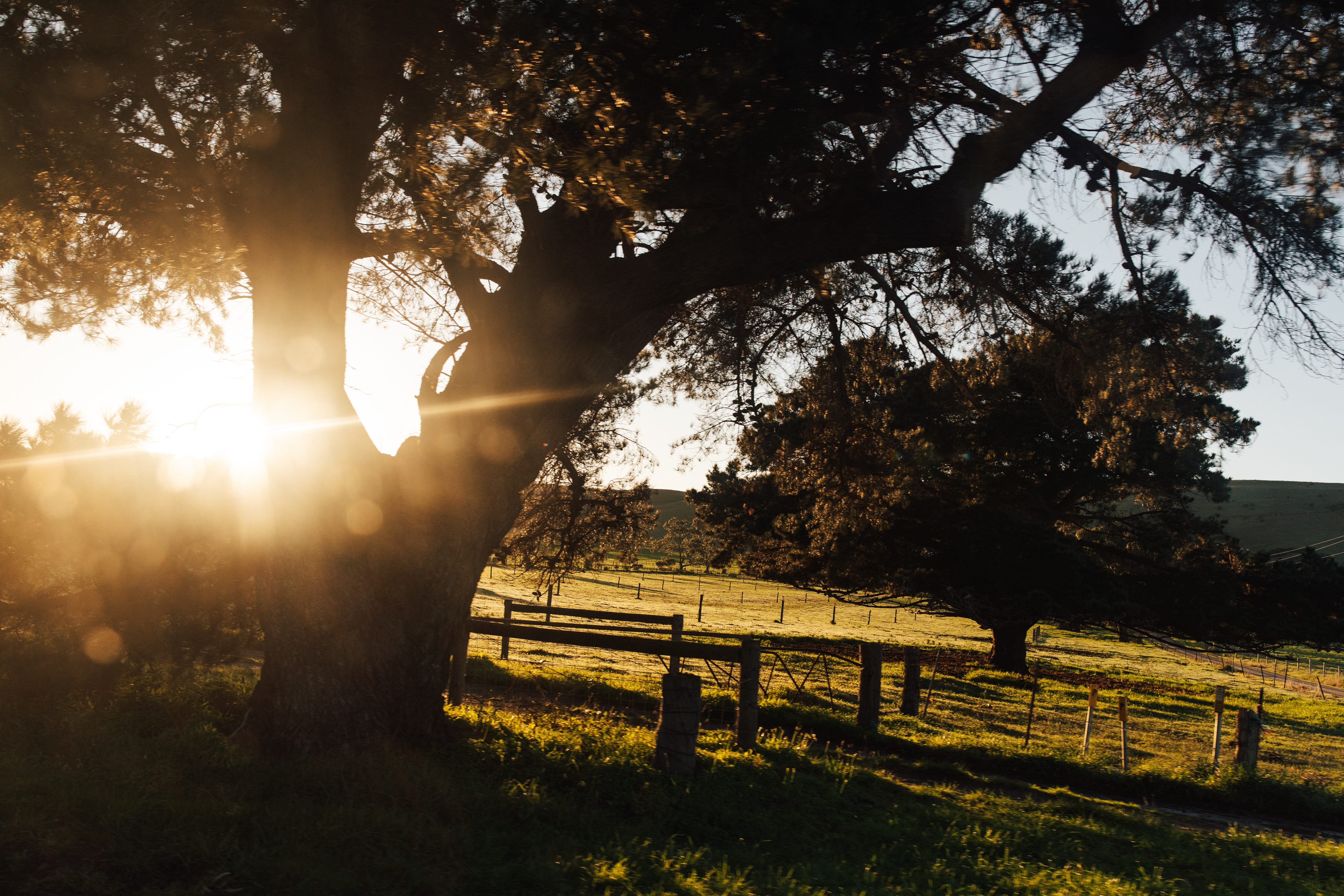
Strong representation for livestock producers
LIVESTOCK owners across the South East are eagerly awaiting the 2015 season to get cracking, as dry pasture reserves are increasingly scarce and feeding‐out is keeping everyone busy.
We are fortunate that local supplies of hay and grain are still readily available, while strong livestock prices ensuring graziers, plus irrigators, lot feeders and stubble traders, are being rewarded for their efforts.
The dry conditions have obviously placed more pressure on some producers than others, with those in the pastoral north and parts of the South East among those hurting the most.
Livestock SA member and rural financial counsellor Charlie Goode, Hynam, who recently led the charge to ensure producers in our patch were not overlooked when the State and Federal Governments determined it was appropriate to provide drought assistance for debt‐burdened farmers.
Pressure from Livestock SA helped ensure Federal funding was made available for our state and now $10 million in concessional drought loans has been made available to SA producers who are suffering. This result shows clear benefits of having a representative group with a strong membership which can speak on behalf of livestock producers’ interests and achieve meaningful results.
A tight season forces us to rethink our on‐farm strategies and reprioritise some of our planned expenditure to ensure money is being spent where it is needed the most. In other words, we really have to start justifying every dollar we spend. I believe we should apply to the same rigour in monitoring how Livestock SA’s accumulates, controls and manages its funds.
I believe in strong representation for livestock producers in our region and across the state and I think commodity‐based groups funded via an industry levy is an acceptable way to ensure this representation exists. But like most farmers, I have a healthy scepticism of how effectively and transparently mandatory industry levies are used. As a levy payer, I felt the best for me to have a say on how our money was being spent was by being a member of Livestock SA.
I am happy to volunteer my time as vice‐chairman of Livestock SA’s Southern Region group and I see my role as helping to keep the organisation accountable of behalf of ordinary members. One common question we are often asked by local members is about how Livestock SA spends our money.
Livestock producers across the state contribute to Livestock SA’s funding structure through existing industry levies. Money is collected under the SA Primary Industries Funding Schemes Act 1998 including 35 cents a head for every sheep transaction and $1.10 per NLIS identification device for cattle. Of this, approximately six cents per sheep transaction and 35c per cattle tag go to Livestock SA.
To give an indication of what these individual contributions mean on‐farm, a producer marking 300 calves would contribute $105 to Livestock SA. Similarly, the contribution from a sheep producer’s annual sale of 2000 lambs would be $120.
When pooled together across the state, we can get a clear idea of the budgetary scale Livestock SA is working with. In the first half of the 2014‐15 financial year, Livestock SA drew $91,985 out of the levies paid by livestock producers. About two thirds of this, $58,584, came via the SA Sheep
Industry Fund, while the balance, $33,401, came from SA Cattle Industry Fund. Livestock SA also pays membership fees to organisations such as Primary Producers SA, Cattle Council, Sheepmeat Council and Wool Producers Australia. In the first half of the current financial year, these contributions to peak industry groups totalled $44,797. The amount is a significant slice of Livestock SA’s overall budget, but most would agree it is vital in allowing our members to be a part of a broader framework of industry representation at State and Federal levels.
Livestock SA’s business plan and first audited financial report can be accessed on the website (www.livestocksa.org.au) and I recommend interested members and levy payers read over these documents themselves.
We are currently planning our next meeting for South East members, which will be held towards the end of May, with Livestock SA president Geoff Power in attendance. We will advise of the date and venue in due course and are very keen for the meeting to be driven by you the producer, in the same way our organisation should be driven by its membership.
With this in mind, if you wish to suggest an agenda item for discussion please contact Southern Regional secretary Tom Dawkins via tom@dawkinsforthestate.com.au or 0402 406 965.
